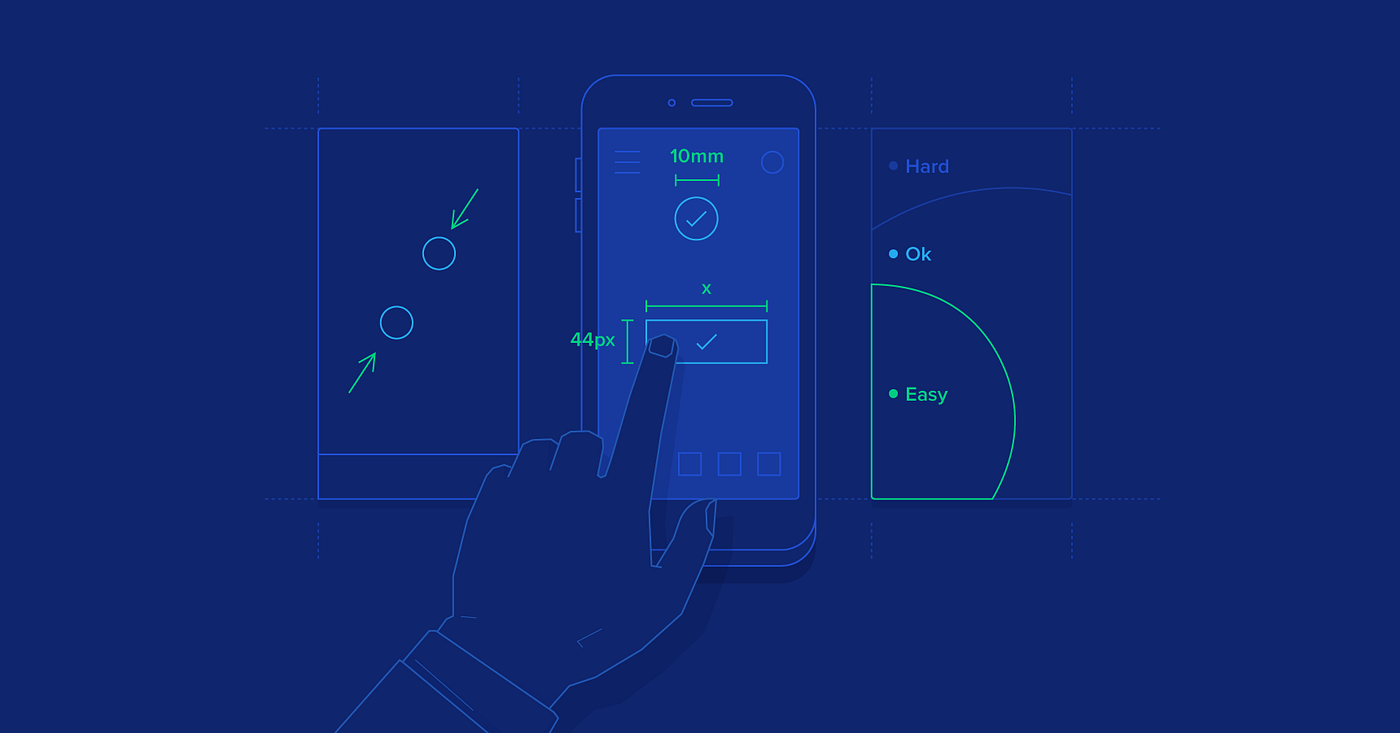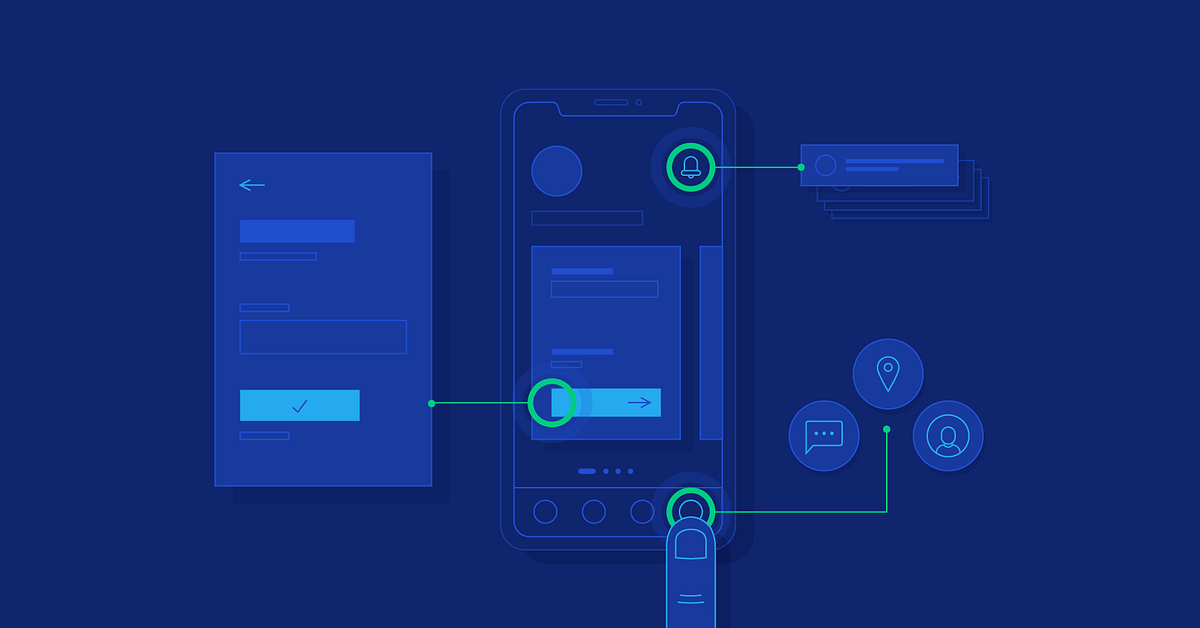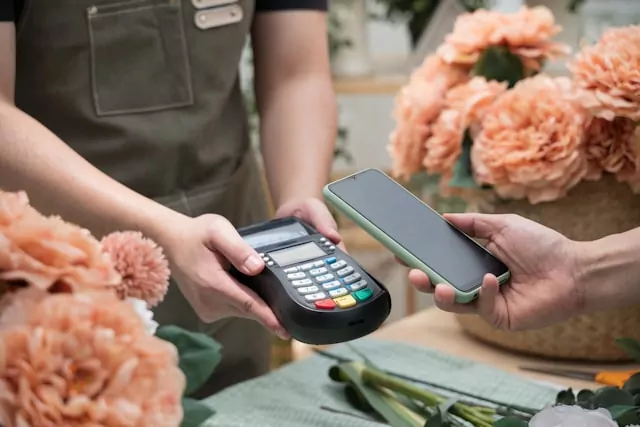People have different needs and preferences when it comes to using digital devices. Users with visual and motor disabilities may need a device that is more accessible. Those who are new to the digital world may need to mainstream their experience to adopt it as their own. And some people just don’t like using mobile apps because they’re not tech-savvy enough. So, the right design goes a long way in helping people embrace your app. Here are some best practices for designing your mobile app:
Make your app accessible
Many people with visual impairments are actively looking for mobile apps that are accessible. However, they’re often disappointed when they find out that the majority of apps out there aren’t fully compatible with their needs. So, make it a point to develop your app as accessibility friendly as possible. Here are some things you can do to make your app accessible:
- Include instructions for people who are visually impaired. People with low vision or blindness may not be able to read the instructions that come along with your app. So, make it easy for them by adding a text or voice-over for instructions. This can also help those who are deaf and hard of hearing to navigate the app as well.
- Make your app user-friendly for people who are motor impaired. People with motor impairments like people with mobility issues are often actively looking for apps that are accessible. So, make it easy for them by including a way for them to navigate the app with a keyboard.
- Include Braille or large print versions of your app. Make sure to include this when you’re developing your app. This can make it more accessible for people who are vision impaired.
Screen-readability
Reading is the first step towards reading anything. However, when it comes to reading mobile apps, many users aren’t able to get past the first step. For example, they may have trouble reading the font or the app’s layout because they have low vision or are colourblind. This can be frustrating and even dangerous. So, you can make it easier on your users by making your app screen-readable. Here are some things you can do to make your app screen-readable:
- Add large fonts or increase the font size of your app. This can help those who are colourblind to read the app. –
- Add a large text size option for your app. People with low vision or blindness may want to change the text size of your app. This can make it easier for them to read your app.
- Include large text or an audio description for your app. This can help people with visual impairments to read your app. – Include a transcript or a voice-over for your app. This can make it easier for those who are deaf to read your app.

Focus on one primary task
You can make a great app, but if your users don’t know how to use it, it’s useless. So, while your app may include a lot of features, make sure they serve a single purpose. Make it as easy as possible for your users to understand and use your app. Here are some things you can do to focus on one primary task:
- Use a pronoun-based user interface. People who are hard of hearing or those who are deaf may prefer browsing apps that use a pronoun-based user interface.
- Include an audio description for your app. People with visual impairments like those who are deaf often want to know what is being narrated in your app. This can help them to understand your app.
- Use icons and symbols instead of text wherever possible. This can make it easier for people who are visually impaired to understand your app.
- Make it easy for your users to find what they are looking for. This can make it easier for your users to understand your app.
- Allow for different types of navigation. People with motor impairments, like arthritis, may prefer to browse apps that allow for different types of navigation. This can help them to find what they are looking for faster.
Keep it simple
Apps that are too complex can be confusing or unusable for your users. When designing your app, keep the following in mind:
- Make it easy to navigate and understand. This can help to make your app a success.
- Keep it simple. If your app is too confusing, your users may just give up on trying to learn how to use it. This can be a huge waste of time and resources for both you and your users.
- Avoid using complicated features and options. Complexity is often a sign that your app is too complex. So, stick with what is essential and simplified.
- Make your app compatible with all platforms. This can help your app to be more widely used.
- Make sure your app doesn’t contain any malware or trickery. This can make your users wary of using your app. So, make sure your app is safe to use.

Final thoughts
Digital devices can be a huge source of distraction and stress for people. This can lead to poor health and quality of life.
Luckily, there are many great ways to make your digital devices more accessible and helpful. With all of these best practices, you can make your app more friendly and helpful for users of all ages and backgrounds. And, best of all, your app doesn’t have to be complicated or filled with frills and fluff. All you have to do is follow these best practices for design for your app.





















Discussion about this post